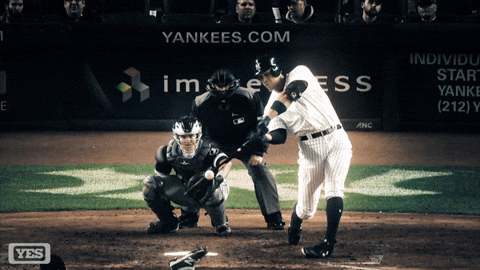J
Jeanne Stansak
dylan_black_2025
AP Microeconomics 🤑
95 resourcesSee Units
The Three Types of Profit
In economics, a variety of types of profits can occur. A lot of the categorization is geared around what type of costs are being considered in each situation. Profit, in general, is when your total revenue is greater than your total costs. There are a few types of profit you need to know
- Accounting profit represents your total revenue minus the firm's explicit costs. For example, if the Coca Cola company sells 3,000 2-liter bottles at $3 a piece, then they earn a total revenue of $9,000. If the total cost of producing those 2-liter bottles is $4,000, then they earn an accounting profit of $5,000.
- Economic profit represents your accounting profits minus the firm's implicit costs. Let's say that a graphic designer quits her job, which pays $60,000 annually, to open up a T-shirt making business. If the cost of producing those T-shirts was $500,000 (this would include the T-shirts, the ink, the machinery, etc.), and she made $1 million of revenue in one year, she would have an accounting profit of $500,000. However, we have to subtract the $60,000 salary she gave up to open her business to calculate economic profit. In this scenario, the economic profit would be $440,000.
- Normal profit occurs when economic profit is zero. So for example, if total revenue is $100,000 and the total of your explicit and implicit costs are $100,000, then your economic profit is zero. When we are experiencing a normal profit, it still means that our accounting profit is positive. Normal profit is also referred to as "breaking even."
In some situations, if revenue is less than costs we can experience what we refer to as economic losses. For example, if the total revenue is $80 and the total cost is $97, we have an economic loss of $17. This occurs in a firm when TR < TC.
When a firm is experiencing an economic profit, they can increase their production. If a firm is earning an economic loss, they will most likely respond by decreasing their output.
If a firm experiences profits in the long-run, we call those profits supernormal. This will become more apparent when we discuss market structures like a monopoly, that experience a profit even in the long-run.
Sample Questions
Question 1:
Ginny quits a job at a book publishing firm that is paying her $50,000 per year and decides to open a small book store. She decides to house the book store in a small storefront that she rented out for $15,000 a year, and spends $10,000 on bookshelves, books, and other resources. During the first year that the book store is open, Ginny generates $75,000 in total sales. What would be her accounting profit and economic profit? Did she make a normal profit that year?
Answer
Her accounting profit is $50,000 and her economic profit is $0. She made a normal profit.
Explanation
Ginny's accounting profit would be $50,000 due to the $75,000 in total sales minus $25,000 in explicit costs. Her economic profit would be her accounting profit minus her implicit costs, which are the forgone wages she gave up by deciding to open a bookstore ($50,000 - $50,000 = $0). She is making a normal profit because her economic profit is $0.
Question 2:
Suppose you are Aaron Judge, the Yankees right fielder who recently broke the American League home run record. You just signed with the Yankees for $360,000,000 over 9 years, or an annual salary of $40,000,000 per year. However, let's suppose you decide to ditch baseball and open a video game shop. You sell video games for a price of $30 per game and over the course of a year, you sell 100000. Suppose your fixed costs are $1,000,000 and your variable cost is $2 per game sold. Assume you take home all of the money and pay all of the costs. What is your (a) accounting profit and (b) your economic profit?
Answer and Explanation
Part (a):
First, let's start by calculating total revenue and total cost:
TR = P * Q = 30 * 100000 = $3,000,000
TC = FC + VC = 1000000 + (2 * 100000) = 1200000
Using the fact that Profit = TR - TC, we find that Profit = 3000000 - 1200000 = 1800000.
This is our accounting profit, since we didn't take into account the opportunity cost of playing baseball instead.
Part (b):
Let's add our opportunity cost to our total cost:
Economic Cost = 1200000 + 40000000 = 41200000
Total revenue is the same, so our economic profit is 3000000 - 41200000 = -$38,200,000.
So in reality, when we take into account our opportunity cost, we actually lose around $38.2 million by opening our shop, despite the fact that it's profitable.
Maybe you should stick to baseball.

As impressive as Aaron Judge is...go Red Sox.
Browse Study Guides By Unit
💸Unit 1 – Basic Economic Concepts
📈Unit 2 – Supply & Demand
🏋🏼♀️Unit 3 – Production, Cost, & the Perfect Competition Model
⛹🏼♀️Unit 4 – Imperfect Competition
💰Unit 5 – Factor Markets
🏛Unit 6 – Market Failure & the Role of Government
🤔Exam Skills
📚Study Tools

Fiveable
Resources
© 2025 Fiveable Inc. All rights reserved.